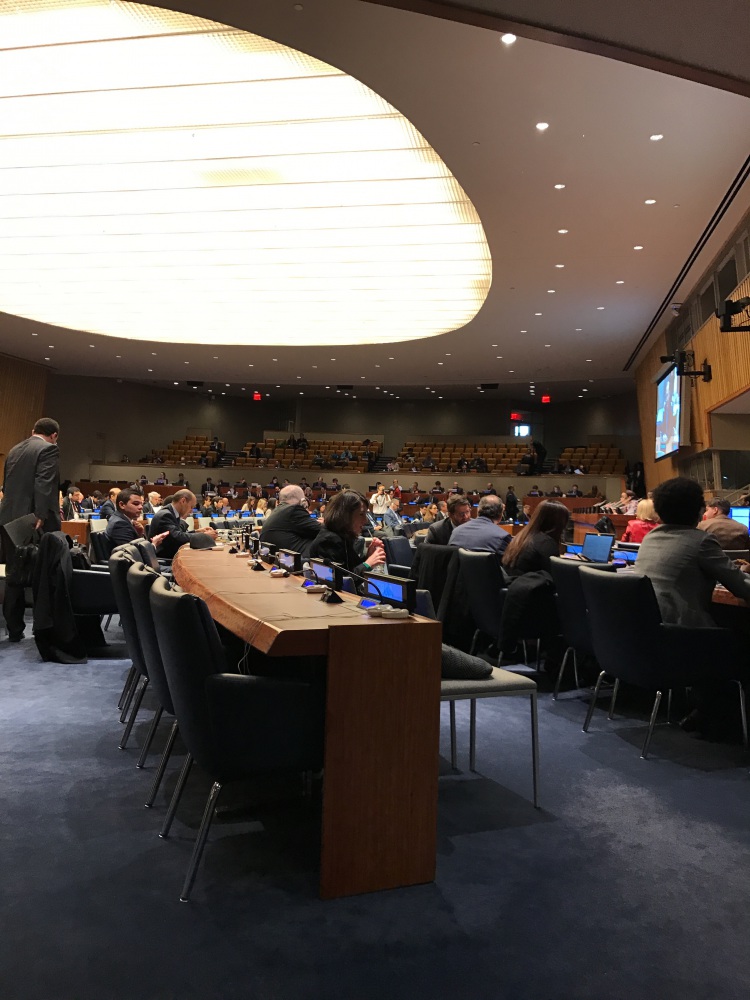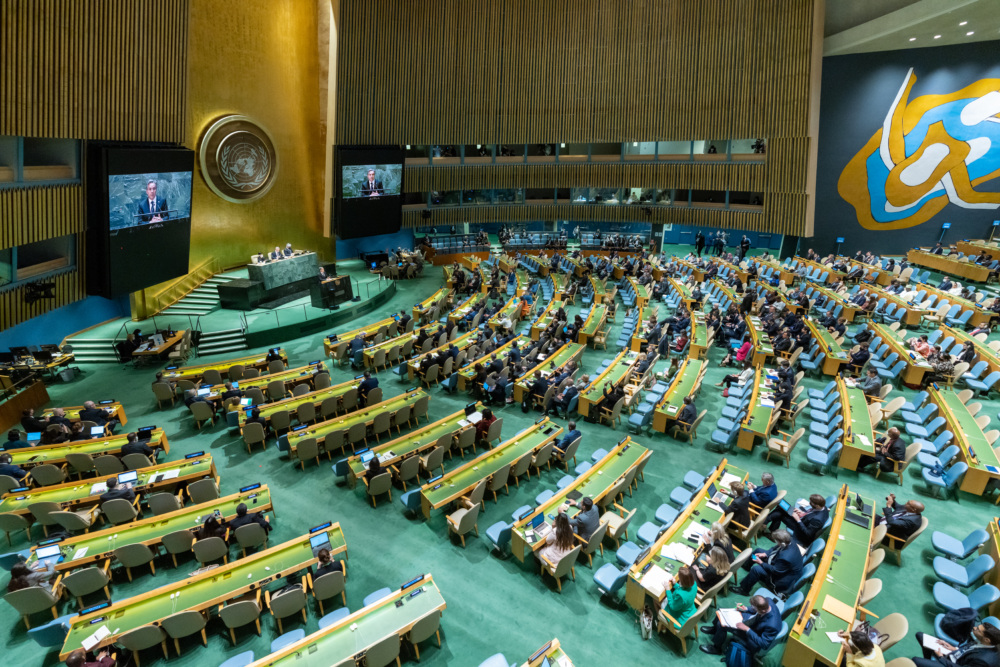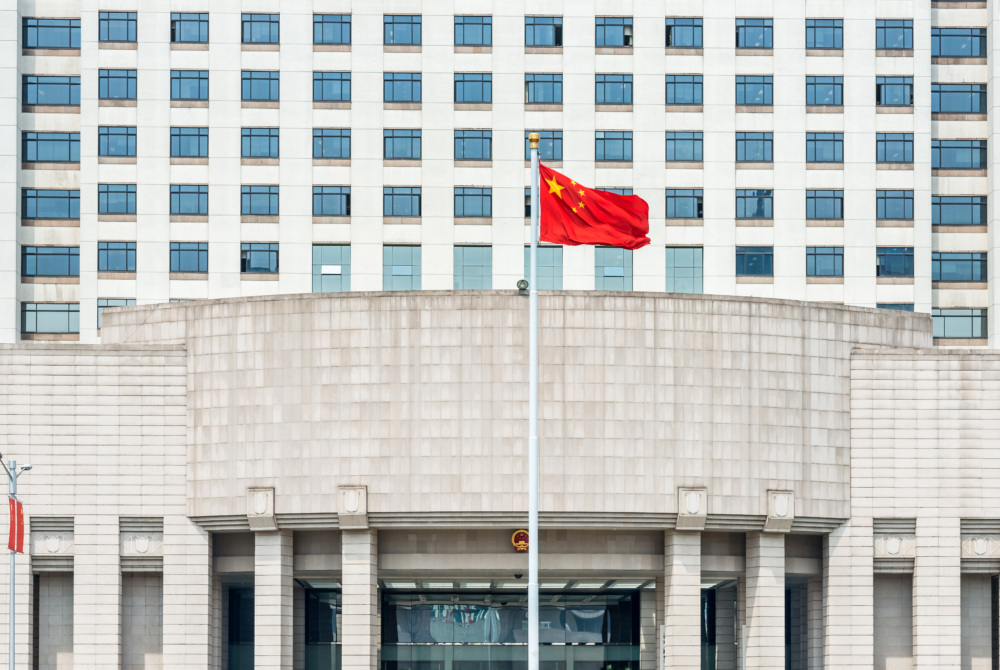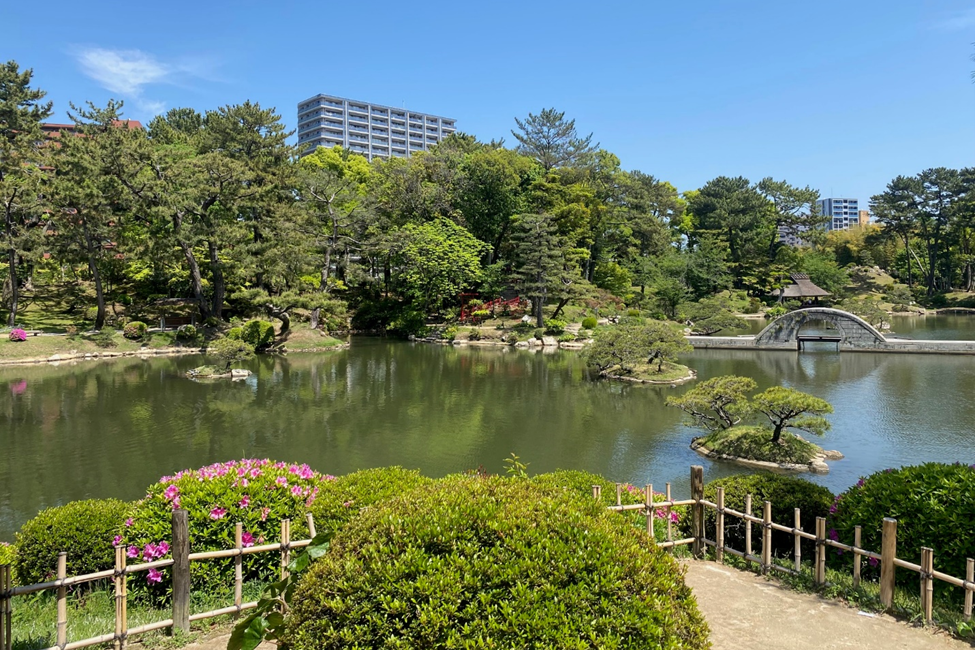
Samantha Neakrase
Senior Director
Atomic Pulse
Last week, I attended the opening negotiations on a treaty
to prohibit nuclear weapons–a significant and somewhat controversial step toward
the ultimate goal of a world without nuclear weapons. The first thing that was
clear to me as I watched the talks getting underway in the cavernous United
Nations General Assembly hall was that I was witnessing a historic moment. Unlike
other types of weapons that can cause mass casualties–such as biological
weapons, chemical weapons, and cluster munitions–there is no universal or
comprehensive ban on the ultimate weapons of mass destruction: nuclear weapons.
Although it would only be an early step, if a nuclear weapons ban treaty is concluded
according to the schedule set up for talks by mid-July this year, it would be a
dramatic and significant statement against the continued proliferation and
deployment of the most devastating weapons humankind has ever known.
HOW DID WE GET HERE?
A little background on the impetus for the weapons ban treaty
Under the 1968
Treaty on the Non-Proliferation of Nuclear Weapons (NPT), countries with
nuclear weapons (the five countries recognized as nuclear-weapons states are
China, France, Russia, the United Kingdom, and the United States) and countries
without nuclear weapons agreed on the basic goals of ending the spread of nuclear
weapons and eventually eliminating them. Countries with nuclear weapons agreed
to “pursue negotiations in good faith” to end the nuclear arms race and to
bring about nuclear disarmament; countries without nuclear weapons agreed to
forgo nuclear weapons in exchange for access to peaceful nuclear technology.
Almost 50 years later, many non-nuclear-weapons states believe the
nuclear-weapon states have failed to live up to their end of the bargain.
Plenty of evidence suggests the disarmament agenda has
indeed stalled: the ramping up of nuclear modernization programs (including in
the U.S. and Russia); dangerous high-alert postures and options for first use; the
continued importance of nuclear weapons in countries’ security strategies; and
the failure to make progress on specific steps on the disarmament agenda (elements
of a so-called “progressive” approach) such as entry
into force of a treaty banning nuclear weapons testing (the CTBT) and
negotiation of a treaty
ending production of fissile materials for nuclear weapons (the FMCT). That’s
not to say there has not been progress—for instance, the United States and
Russia have reduced their nuclear arms through a series of bilateral arms
control agreements over the past few decades, most recently with New
START, though the future
of that agreement is uncertain in light of increased U.S.-Russia tensions.
But many countries, non-governmental organizations, and experts have simply run
out of patience with the slow pace of progress toward the “grand bargain” of
the NPT, especially as the prospect of further arms control efforts has dimmed.
Following the 2010 NPT Review Conference, and further
spurred on by a 2015
NPT Review Conference that was considered an abject failure, a core group pushed
for a new approach known as the humanitarian
initiative, which reframes the nuclear weapons debate to focus on the
humanitarian consequences of nuclear weapons. A series of conferences and the
tasking by the UN General Assembly of an Open Ended Working Group (OEWG) to
review ways to attain and maintain a world without nuclear weapons (see the
OEWG’s final report here) led last
year to the adoption of a resolution
at the First Committee of the General Assembly, and a resolution
by the UN General Assembly on taking forward multilateral negotiations of a
nuclear weapons ban treaty, to be convened from March 27-31 and June 15-July 7,
2017. The vote
at the General Assembly was 113 in favor of negotiations, 35 against, and
13 abstaining. Four of the five NPT nuclear-weapons states voted no and China abstained.
Among other nuclear-armed states, Israel voted no, and Pakistan and India
abstained. North Korea had previously voted in favor of negotiations, though
was absent from the December General Assembly vote. Most U.S. allies (e.g.,
members of NATO or U.S. allies in the Asia-Pacific—so-called “umbrella states”)
also voted no, though the Dutch abstained. For some more background see here
and here.
SO WHAT HAPPENED IN
NEW YORK LAST WEEK?
Undeterred (no pun intended) by the absence of those that
actually possess nuclear weapons or otherwise rely on them for their own
security (with the exception of the Dutch government which will be chairing the
2017 NPT Preparatory Committee meeting in May), countries began negotiations on
the treaty to ban nuclear weapons.
A few observations from my time in the gallery:
Countries disagree on
what should be prohibited by the treaty. The key question to be resolved is
what should the treaty actually prohibit? The longer the list of activities,
the more potential for disagreement and the more likely the treaty will capture
activities in which a significant number of countries already participate,
meaning the set of countries that can sign the treaty becomes smaller. Some
countries want a comprehensive treaty that captures more than a core set of
prohibited activities on which most participating states already agree (e.g.,
possession, use, acquisition, development, deployment, transfer of control,
stockpiling) and want to include almost
every activity that could conceivably be linked to nuclear weapons, as well as procedures
and verification measures for the elimination of nuclear weapons. (This latter
issue basically boils down to whether the treaty should be a prohibition treaty
or an elimination treaty.)
The expanded list of activities that some states would like
to prohibit includes: the threat of use; stationing of nuclear weapons on a
country’s territory (this would apply to NATO countries that station U.S. nuclear
weapons); nuclear weapons testing, including computer testing and subcritical
testing; transit/transshipment of nuclear weapons; financing of prohibited
activities; and participating in military exercises or planning that include a
nuclear component (think joint U.S./Japan/South Korea exercises), among others.
A handful of countries—Cuba, Iran, and Venezuela—basically have a “kitchen
sink” approach, while other countries’ wish lists vary in length.
In the end, a core group of countries (the original
co-sponsors of the First Committee resolution) likely will advocate limiting
the list to minimize disagreements, avoid activities that are difficult to
verify, and ensure there is no conflict with other treaties like the CTBT. They
will want to make the treaty as inclusive as possible so that nuclear umbrella
states could potentially sign. It was also clear as the week went by that many
countries with longer wish lists will eventually default to whatever list of
activities is most likely to lead to consensus.
Countries will kick
the verification can down the road. Countries debated whether the treaty
should contain verification provisions, including verification for eventual
elimination of nuclear weapons by nuclear-armed states, or should leave
verification for future agreements or protocols. There seemed to be a sense
that avoiding overly complex or technical issues would be wise in favor of
getting to an agreed treaty text by July. Countries will therefore likely kick this
particular can down the road. An excellent NGO panel addressed the verification
issue during the conference, and there was a spirited Q&A between country
delegates and the panel. (By the way, it was great to see this level of
substantive engagement between NGOs, experts, and government officials.) An
interesting issue is whether and how the treaty could include an on-ramp for
nuclear-armed states to eventually sign the treaty, perhaps with a provision
requiring a nuclear-armed state to submit a schedule for elimination of its
stockpiles with proposed verification measures. (Kudos to Gaukhar Mukhatzhanova of CNS, whose suggestions on
verification approaches during the panel session were excellent.)
Irony was alive and
well at the conference. Iran made a lengthy intervention to express concern
about the need for strong verification measures to prevent countries from
“cheating.” I don’t think I was the only one in the room whose reaction to this
rant was #ironyisnotdead.
But who knows? Maybe Iran would actually be the best-placed country to make
that argument, given its own experience. Wouldn’t it be an interesting show of
leadership if Iran was proposing a new norm for more robust verification
measures based on the JCPOA that would apply universally? I suspect that was
not Iran’s intention, however.
The conference was
surprisingly collegial. Most country statements were short and to the point
and did not contain lengthy expositions about unrelated issues or trail off
into unnecessary tangents. I also didn’t hear any significant bashing of the
United States (well, except from Iran, which argued that U.S. non-participation
amounted to a violation of the NPT). During a side event, one ambassador remarked
on the surprising, but welcome, absence of “broglio.” Another told me
separately that he was not surprised about the collegial nature of the discussions
because this was a meeting of the “choir.” Indeed, this was a gathering of
countries who genuinely (for the most part) want to conclude a nuclear weapons
ban treaty and understand that there may be only a small window of opportunity
to do so between now and July. I predict that the desire to conclude the treaty
will prompt most countries to set aside substantive disagreements in favor of a
short, simple, and inclusive treaty, leaving aside more difficult technical
issues for a later time. This likely accounts for the collegial atmosphere.
WHAT’S NEXT?
States will reconvene for an additional three weeks of
negotiations beginning June 15. Between now and then, we will get to see the
first draft of the treaty text. I hope to be back at the UN to observe at least
some of the remaining negotiations, to see if my predictions are accurate, and
to witness nuclear weapons history being made.
If you’re interested in following along remotely, in
addition to following me on
Twitter, I highly recommend following Gaukhar
and Andrea Berger from CNS (h/t
to Andrea for her excellent insights on the daily development last week), Reaching Critical Will, and ICAN for updates, observations, and
commentary during the negotiations.
Sign up for our newsletter to get the latest on nuclear and biological threats.
As officials prepare to meet in Vienna for the 2023 PrepCom, they should consider some of the key themes that have emerged from NTI’s Global Enterprise to Strengthen Non-Proliferation and Disarmament.
Amid uncertainty around China’s expanding nuclear program and silence from Beijing about the intent behind the build-up, a new report offers details about China’s nuclear program that suggest significant implications for U.S. and global security.
"Visiting Hiroshima imparted to me a deep sense of responsibility as well as a renewed energy to work towards a world without nuclear weapons," writes Program Officer Ananya Agustin Malhotra.



